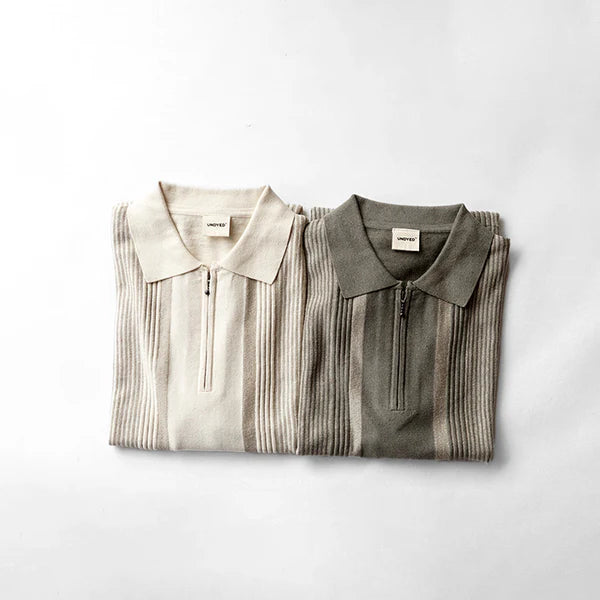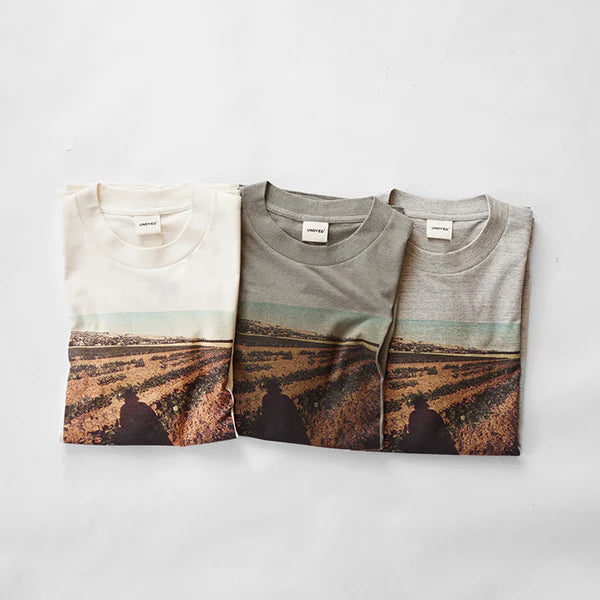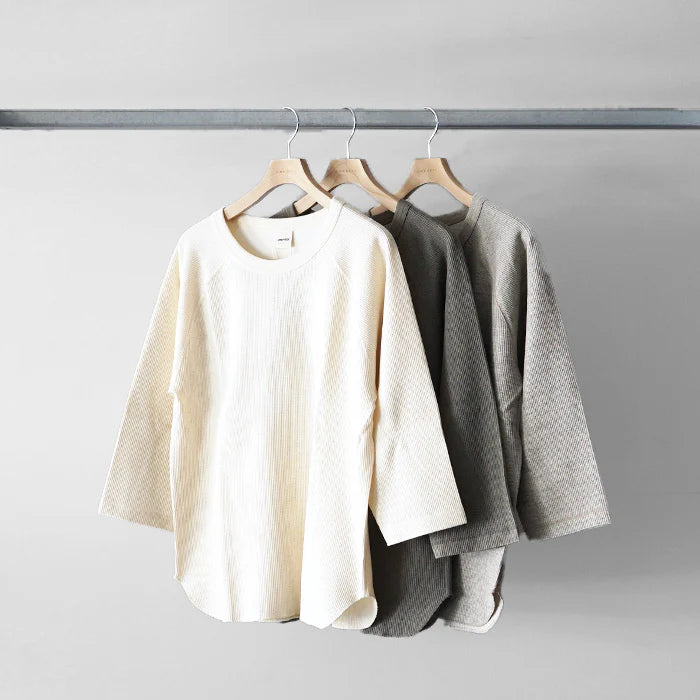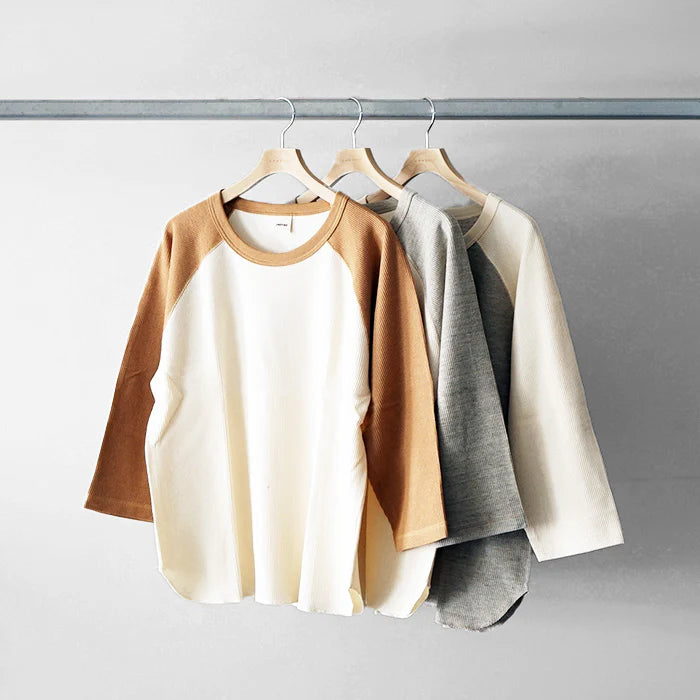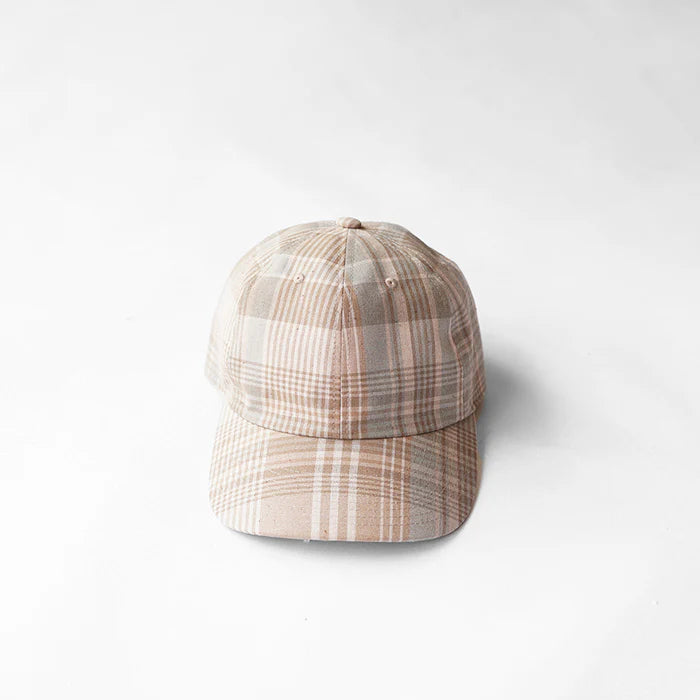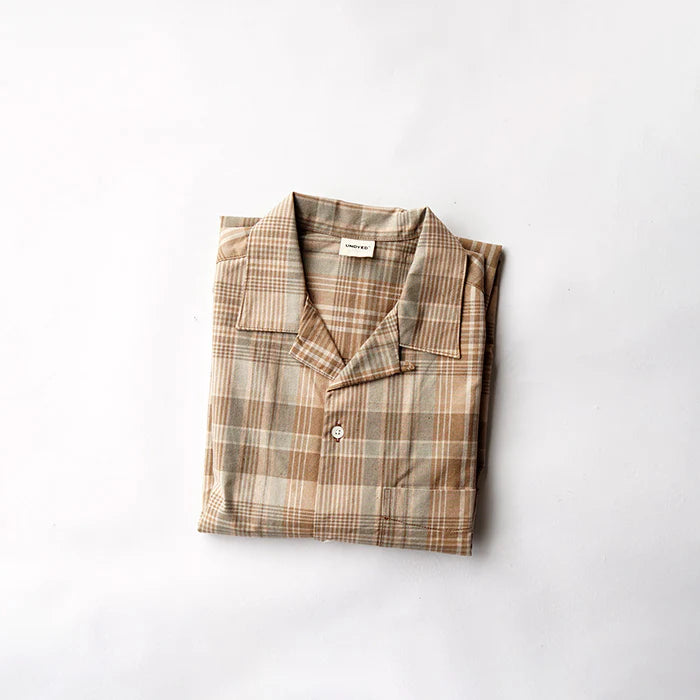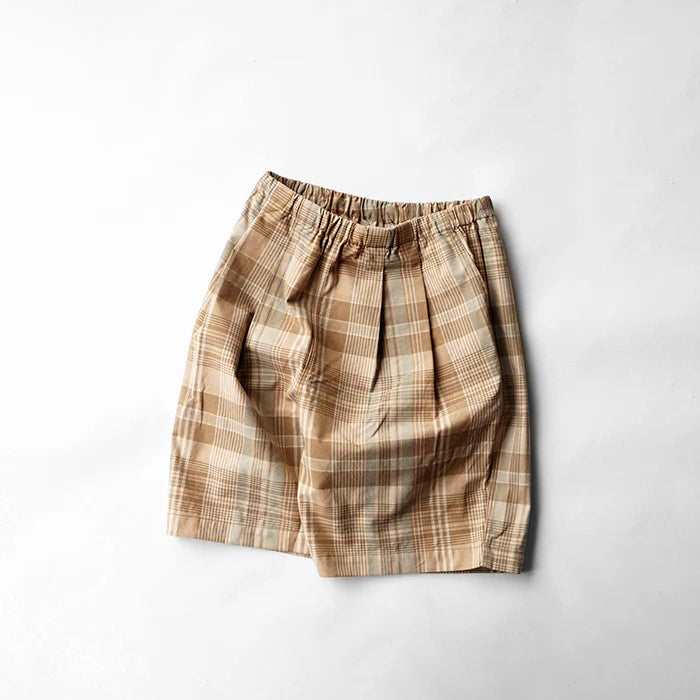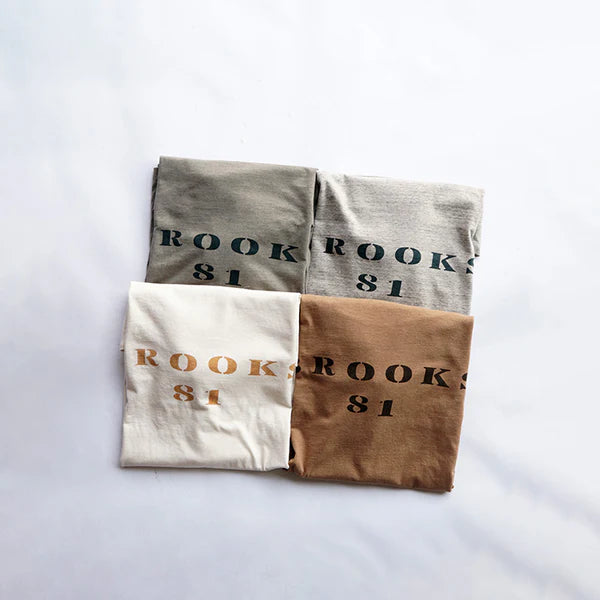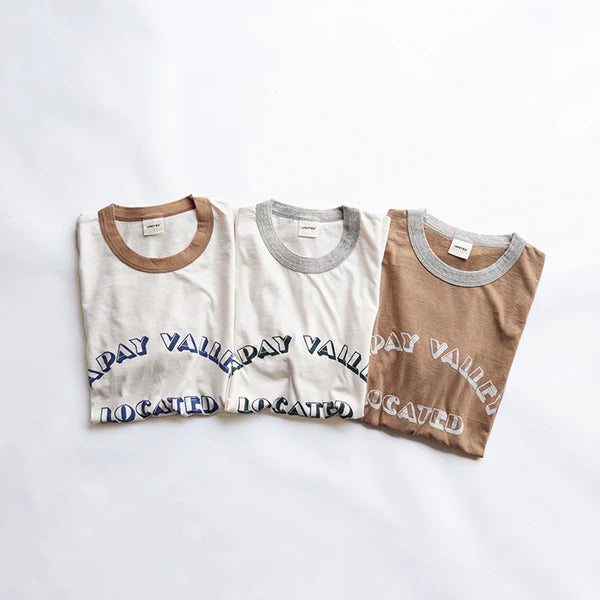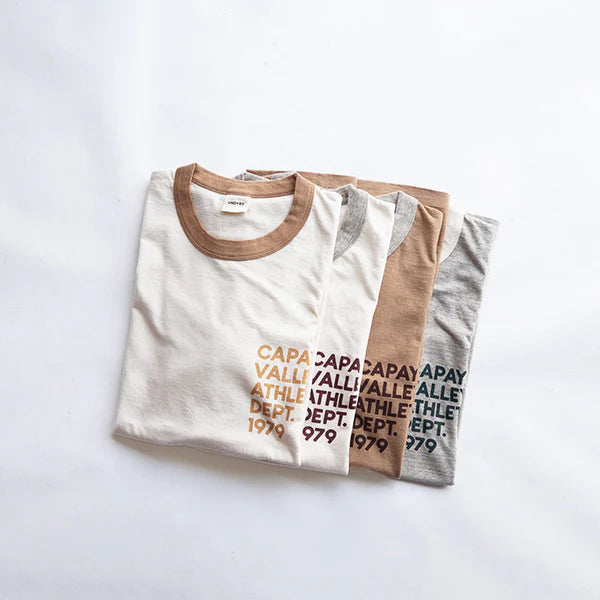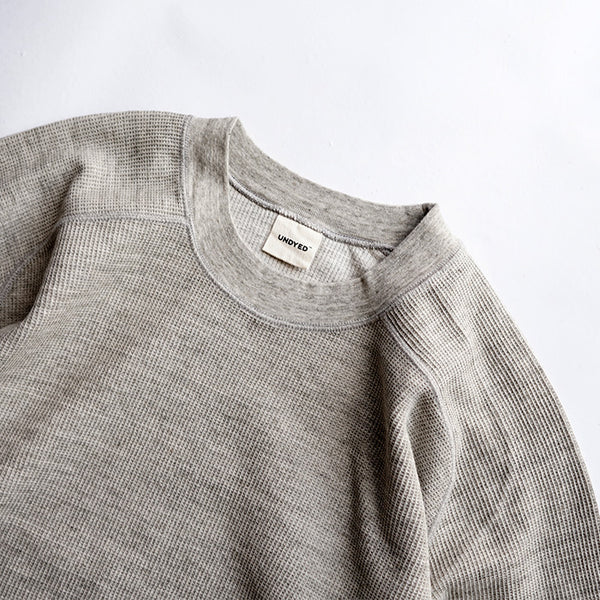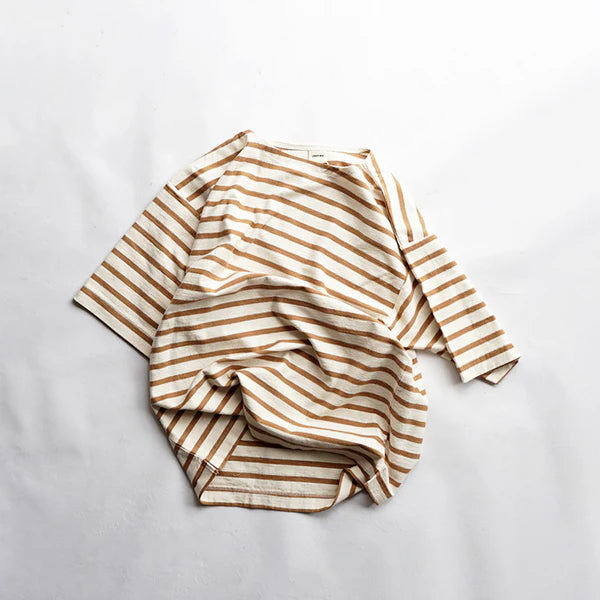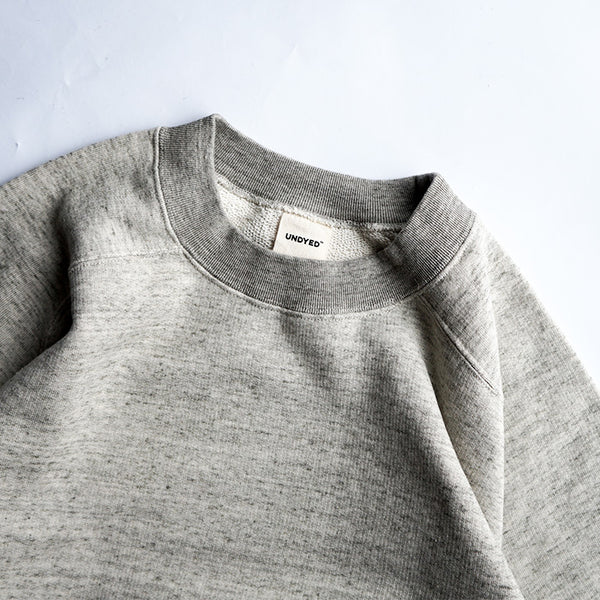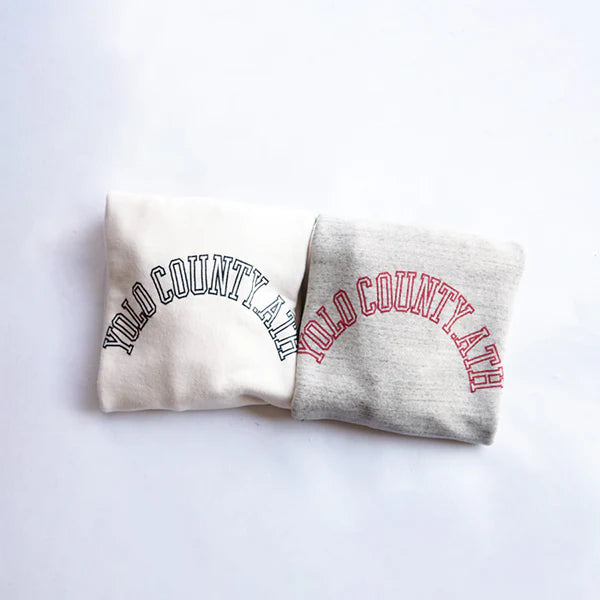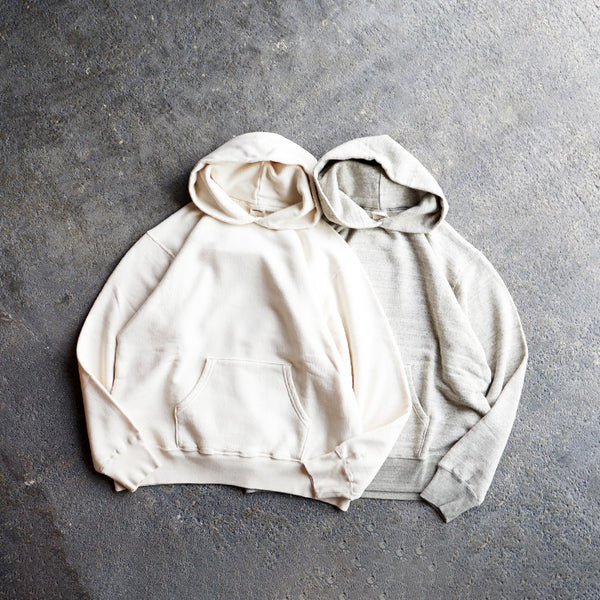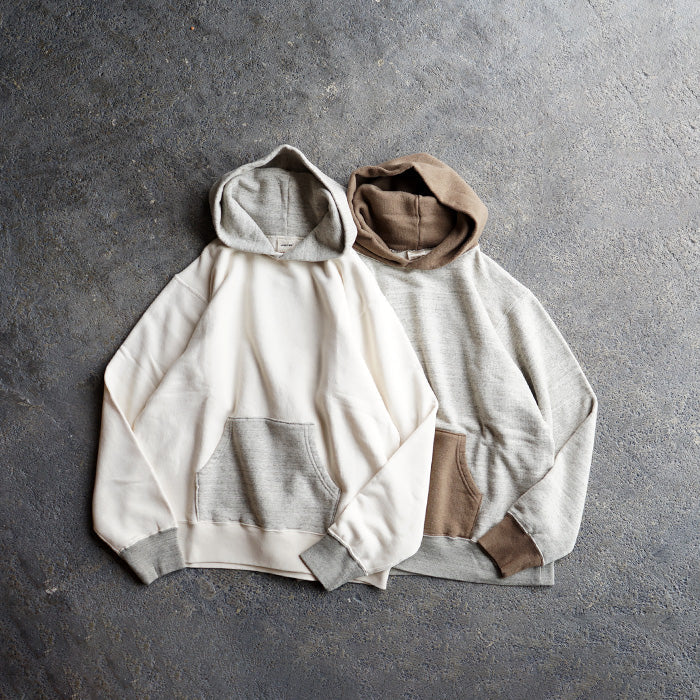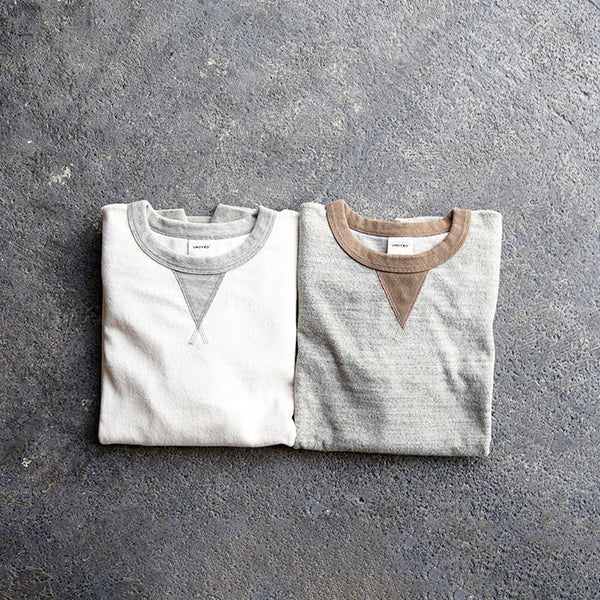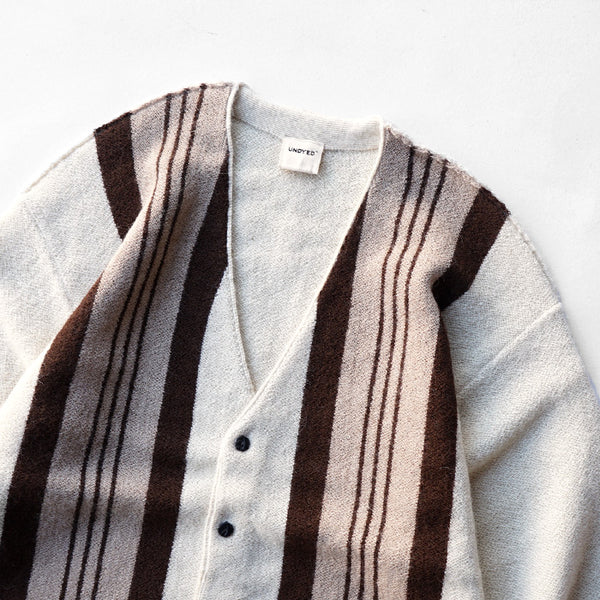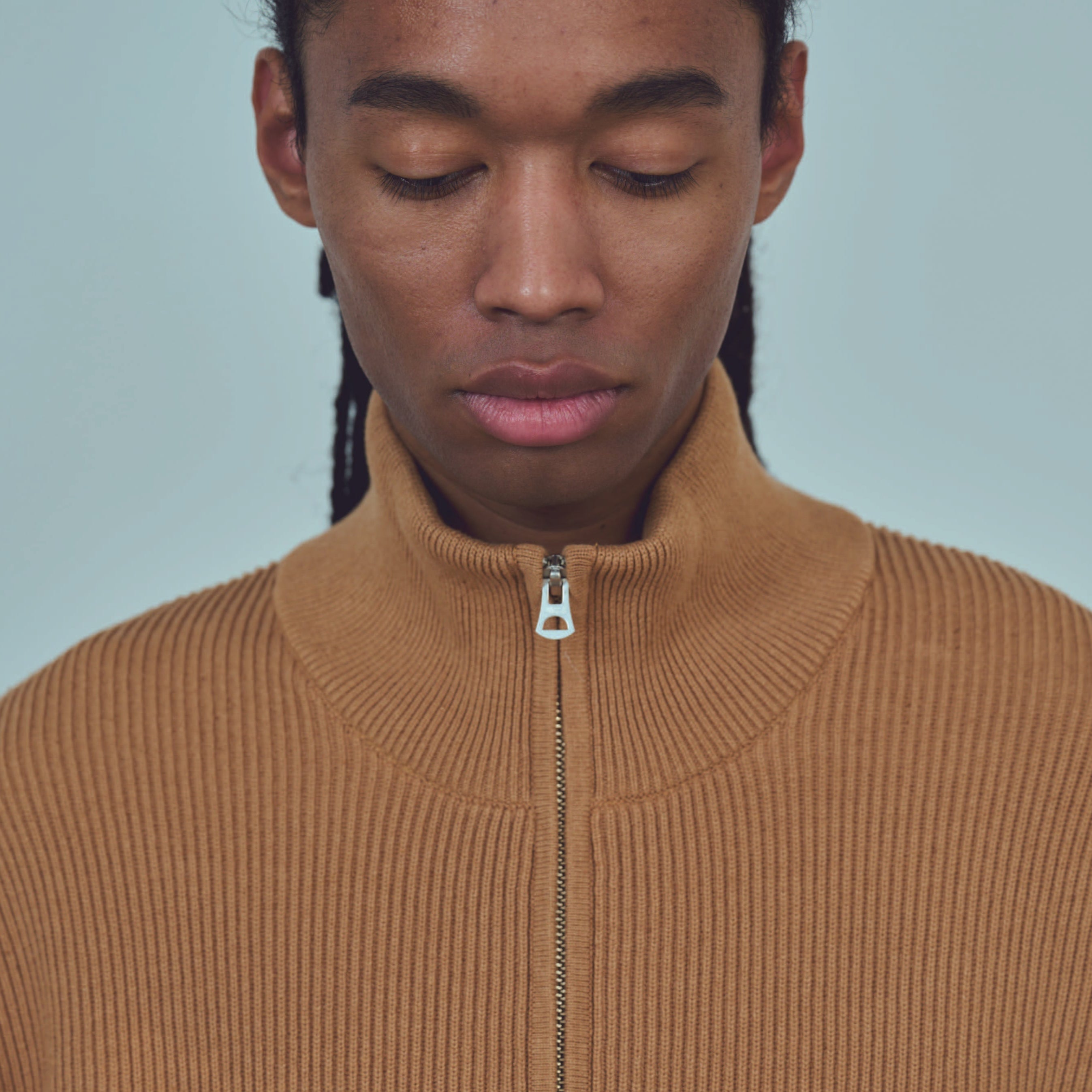
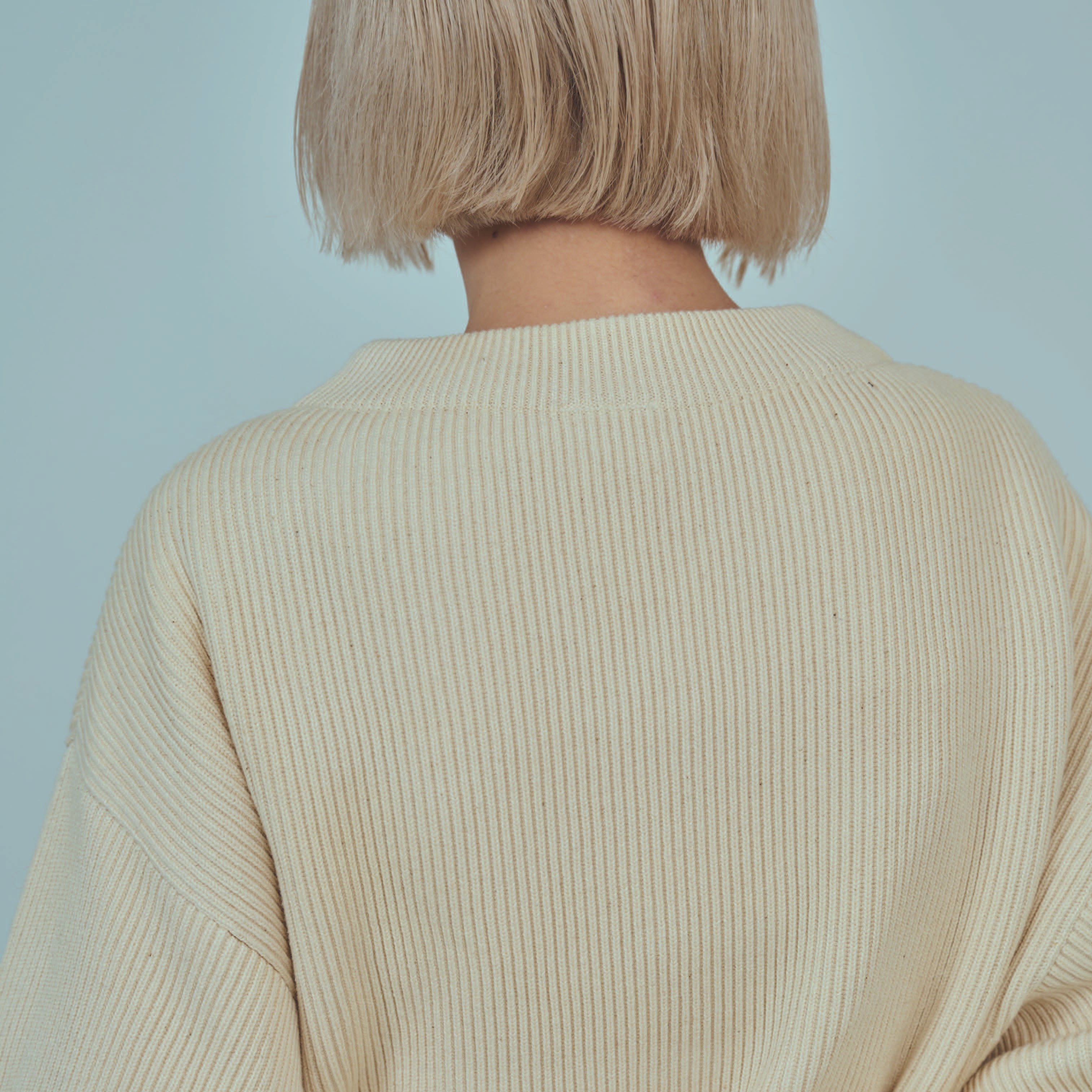
"NEWS"
-

GEORGE’S × UNDYED 無染色オーガニックコットンを使用したライフスタイルアイテム...
MNインターファッション株式会社が展開する、“染めない、ここちよさ”を提案するブランド「UNDYED(アンダイド)」のテキスタイルが、アンドエスティHDグループで株式会社アダストリア(本部:東京都渋谷区渋谷2-21-1、代表取締役社長:北村 嘉輝)が展開するライフスタイルショップ「GEORGE’S(ジョージズ)」に採用されました。 綿花本来の自然な色合いを活かしたUNDYEDの素材を用いたアイテムを4型展開し、2025年10月よりGEORGE’Sの一部店舗にて販売しています。 ■製品概要 【UNDYED BIG-Tee】 カラーバリエーション:3色(IVORY、GRAY、TAN) サイズ展開:F 価格:¥12,100 (税込) 【UNDYED L/S Tee】 カラーバリエーション:3色(IVORY、GRAY、TAN) サイズ展開:F 価格:¥13,200 (税込) 【UNDYED Waffle PT】 カラーバリエーション:2色(GRAY、TAN) サイズ展開:F 価格: ¥15,180 (税込) 【UNDYED Rib SK】 カラーバリエーション:2色(GRAY、TAN) サイズ展開:F...
GEORGE’S × UNDYED 無染色オーガニックコットンを使用したライフスタイルアイテム...
MNインターファッション株式会社が展開する、“染めない、ここちよさ”を提案するブランド「UNDYED(アンダイド)」のテキスタイルが、アンドエスティHDグループで株式会社アダストリア(...
-
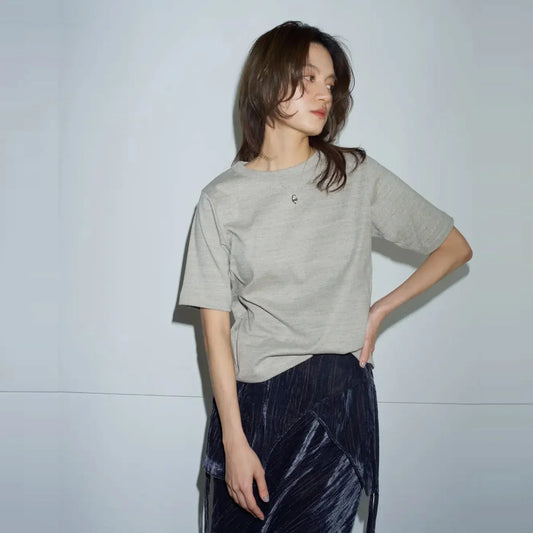
Htage × UNDYED 肌なじみの良さと女性らしさを両立する別注アイテムが新登場
MNインターファッション株式会社が展開する、“染めない、ここちよさ”を提案するブランド「UNDYED(アンダイド)」の素材が、MARK STYLER株式会社(本社:東京都渋谷区、代表取締役社長:秋山正則)が展開する「Ungrid(アングリッド)」のニューライン「Htage(テージ)」に採用されました。 綿花本来の自然な色合いを活かしたUNDYEDのテキスタイルで仕立てた、自然体で軽やかながらも大人な印象を与える2型を展開しています。 本ラインナップは、9月上旬よりUngrid店舗、RUNWAY channel、ZOZOTOWNにて発売中です。 ■製品概要 【Htage】バックオープンTee "染色しない"ことをコンセプトにした「UNDYED」の素材を使用したTeeシャツ。オーガニックコットン本来の色をそのまま活かし、無染色ならではの柔らかさと心地よさが魅力です。細めの五分袖とややゆったりとしたシルエットで、大人な印象に。背中の大胆なカッティングがポイントとなり、カジュアルながらも抜け感のあるスタイルを演出します。 カラー:アイボリー、ライトグレー サイズ:フリー 価格:9,900円(税込) 販売ページ:https://runway-webstore.com/ap/item/i/m/1125427867?aid3=rcmenu_4C_lis 【Htage】バックオープンオフショルスウェット "染色しない"ことをコンセプトにした「UNDYED」の素材を使用したオフショルダースウェット。オーガニックコットン本来の色をそのまま活かし、無染色ならではの柔らかさと心地よさが魅力です。リブ仕様のネックで着心地が良く、ゆったりとしたシルエットでラフに着られます。背中の大胆なカッティングが女性らしさを引き立て、ベロアスカートなどを合わせたミックススタイルもおすすめです。 カラー:アイボリー、ライトグレー サイズ:フリー 価格:15,400円(税込) 販売ページ:https://runway-webstore.com/ap/item/i/m/1125427866?aid3=rcmenu_4C_list ■発売日・販売チャネル ■ 発売日・販売チャネル 本製品は、2025年9月上旬より以下の販売チャネルにて発売中です。限定のUngrid店舗およびオンラインストアにてお買い求めいただけます。 RUNWAY channel:https://runway-webstore.com/ungrid/ ZOZOTOWN:https://zozo.jp/women-brand/ungrid/ Ungrid 店舗:https://ungrid.jp/shoplist ■ブランド概要...
Htage × UNDYED 肌なじみの良さと女性らしさを両立する別注アイテムが新登場
MNインターファッション株式会社が展開する、“染めない、ここちよさ”を提案するブランド「UNDYED(アンダイド)」の素材が、MARK STYLER株式会社(本社:東京都渋谷区、代表...
-
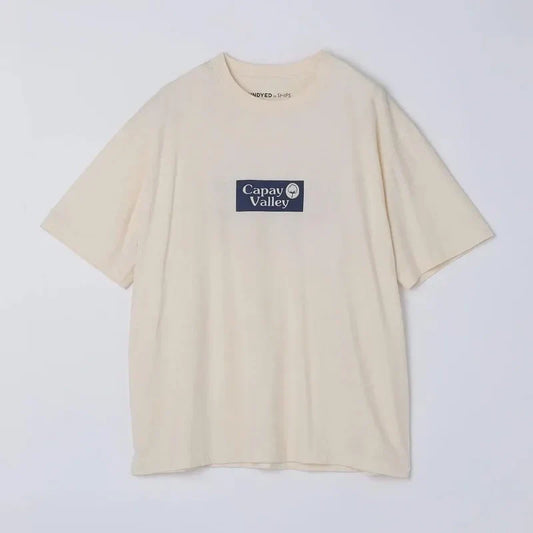
UNDYED × SHIPS“染めない”という選択を、日常へ。『UNDYED BY SHIPS...
MNインターファッション株式会社が展開する、“染めない、ここちよさ”を提案するブランド「UNDYED(アンダイド)」と、株式会社シップス(本社:東京都中央区銀座1‑20‑15、代表取締役社長:原 裕章)が展開するブランド「SHIPS(シップス)」によるコラボレーションアイテムが登場しました。綿花本来の自然な色味を活かしたUNDYEDのテキスタイルと、SHIPSの洗練されたカジュアルウェアが融合。サステナブルでありながら、普段のコーディネートにすっとなじむ、上質なベーシックTシャツが完成しました。 ■製品概要 SHIPS: UNDYED オーガニック プリント Tシャツ オーガニックコットンを使用した、肌にやさしく心地よい風合いの半袖Tシャツ。柔らかくふんわりとした生地感が特徴で、無染色の天然素材ならではのナチュラルな色合いとやさしい風合いを活かしています。ややゆとりのあるシルエットで、一枚着でも様になるデザイン。アヴェニュー等をカレッジプリントとして仕上げた柔らかい雰囲気のアイテムです。 このアイテムは【UNDYED BY SHIPS(アンダイド バイ シップス)】として展開。自然界が持つ本来の色、無染色だからこそ感じられるやわらかさ、天然原料そのままの心地よさを大切にするUNDYEDの世界観を、SHIPSならではの視点で表現しています。 ・カラー:オフホワイト、ナチュラル、ライトグレー、キャメル ・サイズ展開:S、M、L、XL ・価格:¥9,900(税込) ・商品ページ:https://www.shipsltd.co.jp/g/g112131032/?select_color=05 ■販売情報 本製品は、SHIPS 各店舗および公式オンラインストアにて販売中です。 ■ブランド紹介 UNDYED(アンダイド)「UNDYED」は“染めない、ここちよさ”をコンセプトに、化学染料や漂白剤を使用せず、綿花本来の色合いと風合いを活かしたテキスタイルで、無染色でも楽しめるライフスタイルを提案します。URL:https://undyed.jp/ MNインターファッション株式会社日鉄物産株式会社の繊維事業と三井物産アイ・ファッション株式会社との事業統合により、2022年1月1日に誕生。会社名:MNインターファッション株式会社(MN Inter-Fashion Ltd.)代表取締役社長...
UNDYED × SHIPS“染めない”という選択を、日常へ。『UNDYED BY SHIPS...
MNインターファッション株式会社が展開する、“染めない、ここちよさ”を提案するブランド「UNDYED(アンダイド)」と、株式会社シップス(本社:東京都中央区銀座1‑20‑15、代表取締役社長:原...
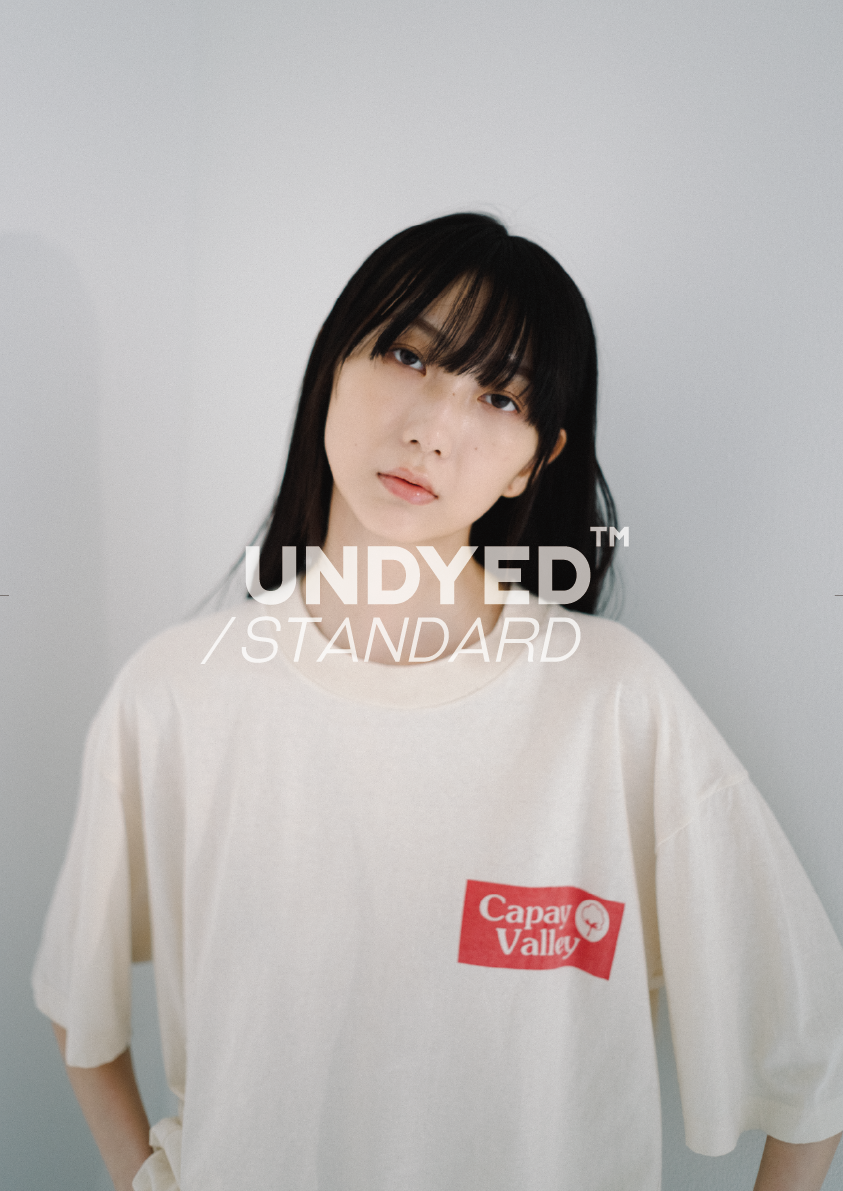
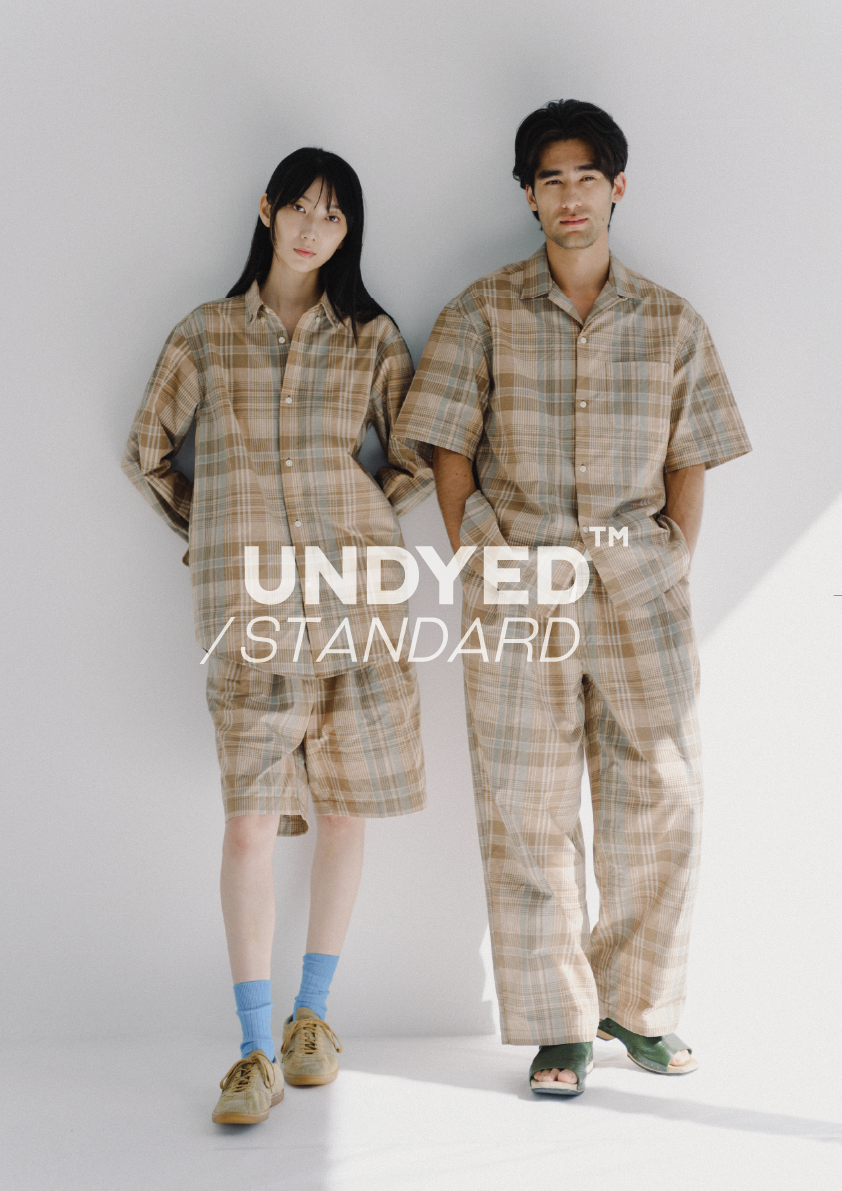

"PRODUCTS"
"CONCEPT"
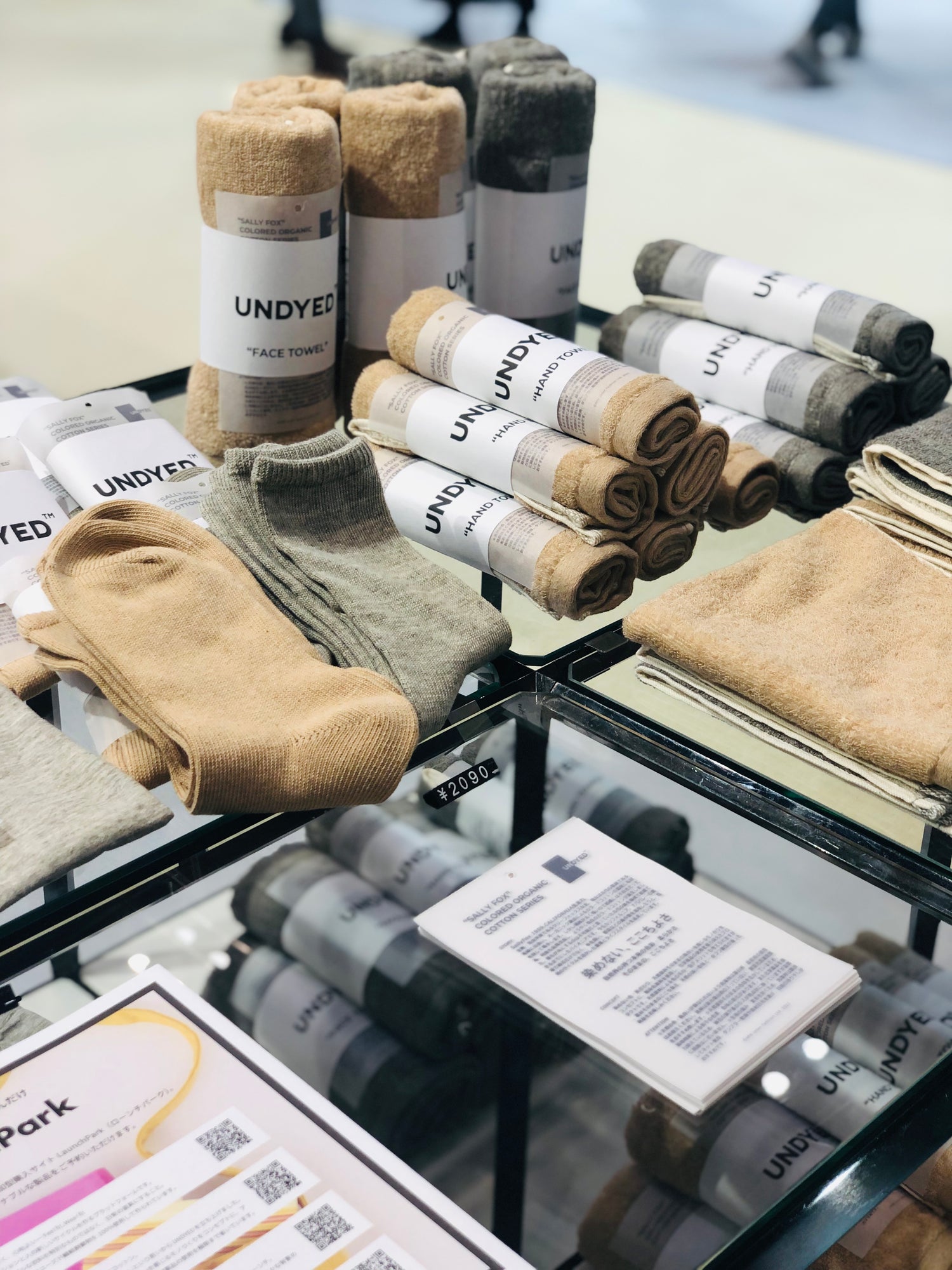
At UNDYED™, we develop materials that have the natural color and soft texture of the original raw materials, based on the ancient original species called brown cotton, which Sally created, the green cotton that was born from crossbreeding with SEA ISLAND COTTON, and the traditional white cotton, "colored organic cotton born in CALIFORNIA consisting of three colors." When you hear "cotton," you probably imagine "white" cotton, but white cotton is cotton that has been improved in quality to make it easier to dye. The original species of cotton is brown cotton, which is brown as its name suggests. Brown cotton grows in places with strong sunlight, so it is said to have the effect of blocking ultraviolet rays and is resistant to pests. However, because the fibers are thick and short, it was not suitable for spinning, so the quality was improved many times so that it could be used for spinning, and by crossbreeding it with Supima, the current brown cotton was born. Next, green cotton was born by chance in 1992 in Sally's brown cotton field, and only a few pieces were born. The green cotton that was produced at that time was carefully cherished and repeatedly and patiently improved upon, crossbreeding it with Sea Island cotton, and the green cotton we know today was born.
"COLORED ORGANIC COTTON"
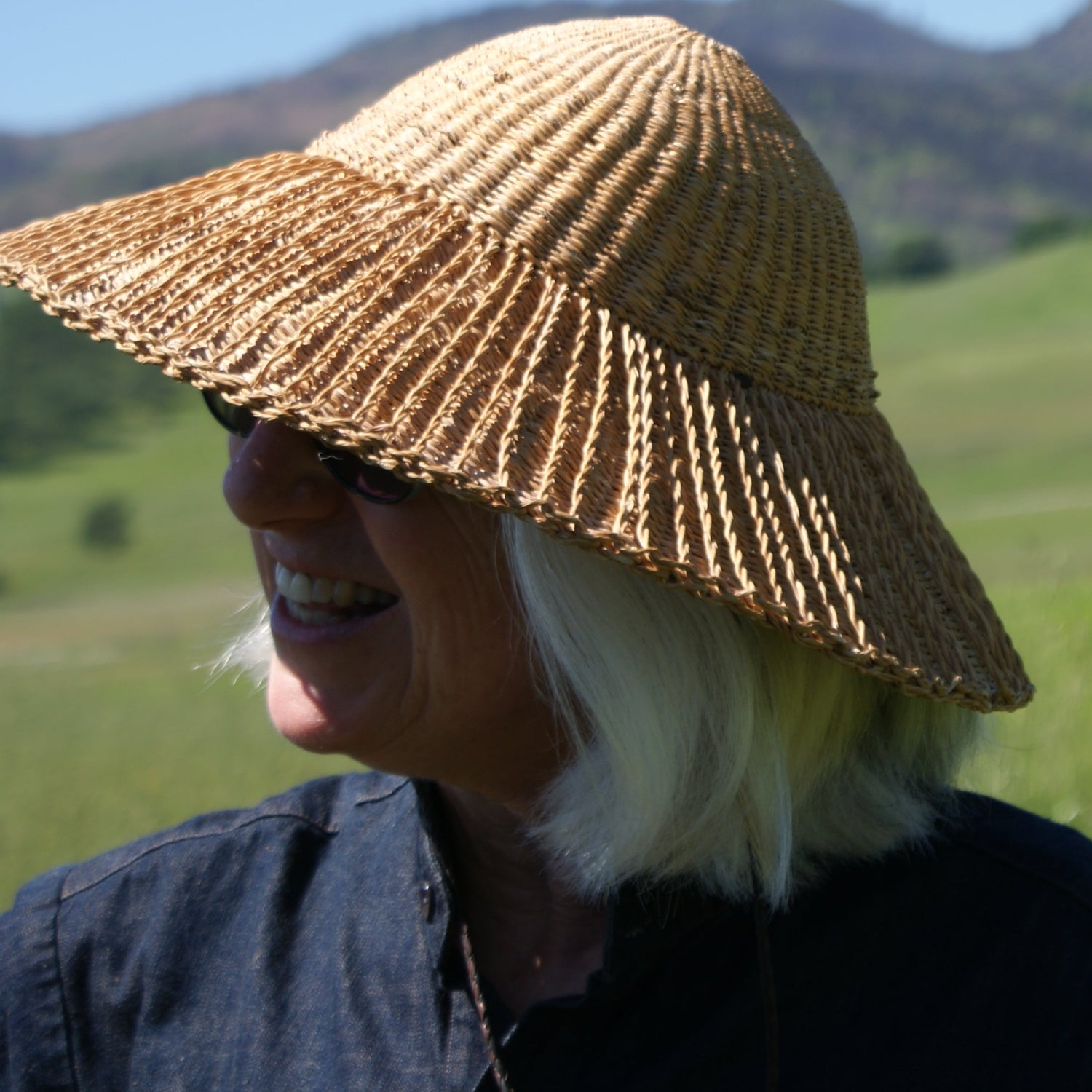
Sally Fox, a biologist and entomologist, encountered brown cotton, an ancient raw cotton, and developed colored cotton using organic farming methods. She is a pioneer of cotton, who made it possible to spin ancient cotton, which everyone thought was impossible to make into thread, by machine. It all started when an acquaintance's daughter was learning textile dyeing at school, but she didn't wear gloves, and the dyeing solution entered her body through her skin, causing brain damage. As she researched it herself, she found out that the dyeing solution and the insecticide (pesticides) were made by the same company, and since then she has avoided dyed thread and started to grow organic cotton in earnest. She also grows organic cotton by alternating soybeans and cotton, taking advantage of the natural cycle in which ladybugs on soybeans eat pests on cotton. She still raises sheep and grows organic vegetables and other crops, as well as cotton, on her farm near Napa Valley in California.
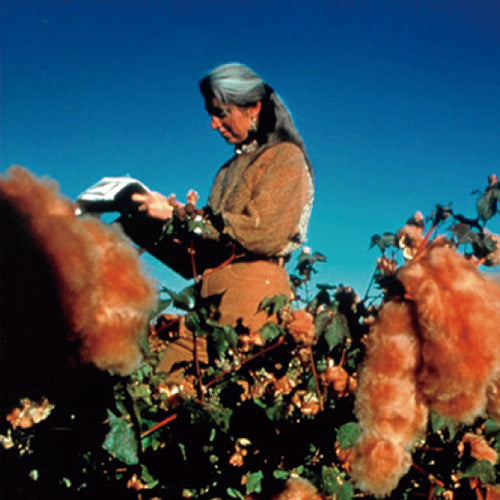
At UNDYED™, we develop materials that have the natural color and soft texture of the original raw materials, based on the ancient original species called brown cotton, which Sally created, the green cotton that was born from crossbreeding with SEA ISLAND COTTON, and the traditional white cotton, "colored organic cotton born in CALIFORNIA consisting of three colors." When you hear "cotton," you probably imagine "white" cotton, but white cotton is cotton that has been improved in quality to make it easier to dye. The original species of cotton is brown cotton, which is brown as its name suggests. Brown cotton grows in places with strong sunlight, so it is said to have the effect of blocking ultraviolet rays and is resistant to pests. However, because the fibers are thick and short, it was not suitable for spinning, so the quality was improved many times so that it could be used for spinning, and by crossbreeding it with Supima, the current brown cotton was born. Next, green cotton was born by chance in 1992 in Sally's brown cotton field, and only a few pieces were born. The green cotton that was produced at that time was carefully cherished and repeatedly and patiently improved upon, crossbreeding it with Sea Island cotton, and the green cotton we know today was born.
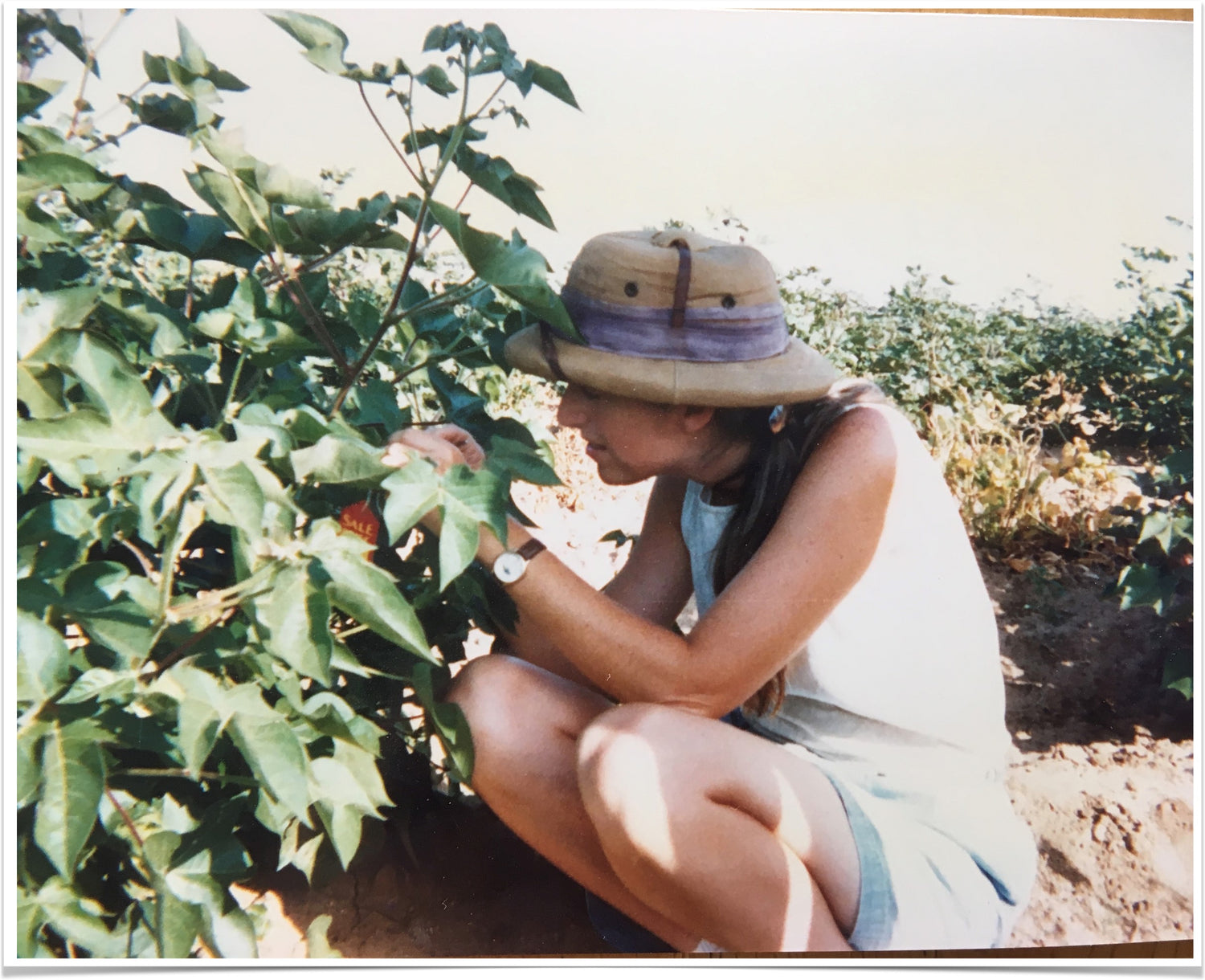
I believe that weaving her thoughts into reality is the development of undyed products and the traditional, steady manufacturing that places less of a burden on the environment. This may be a method that has been lost as a result of the expansion of the industry, which has led to increased efficiency, uniformity of products, and the use of large amounts of chemicals to stabilize quality in order to avoid consumer complaints. Unconstrained by the common sense of the modern apparel industry, making products that do not use dyes and minimize the use of chemicals is by no means an efficient method, but I would be happy if the next person could weave the story of undyed products, which offer the comfort of the material as it is, the deep natural colors, and the unique individuality of each product.
”PERU ALPACA (&WOOL)”
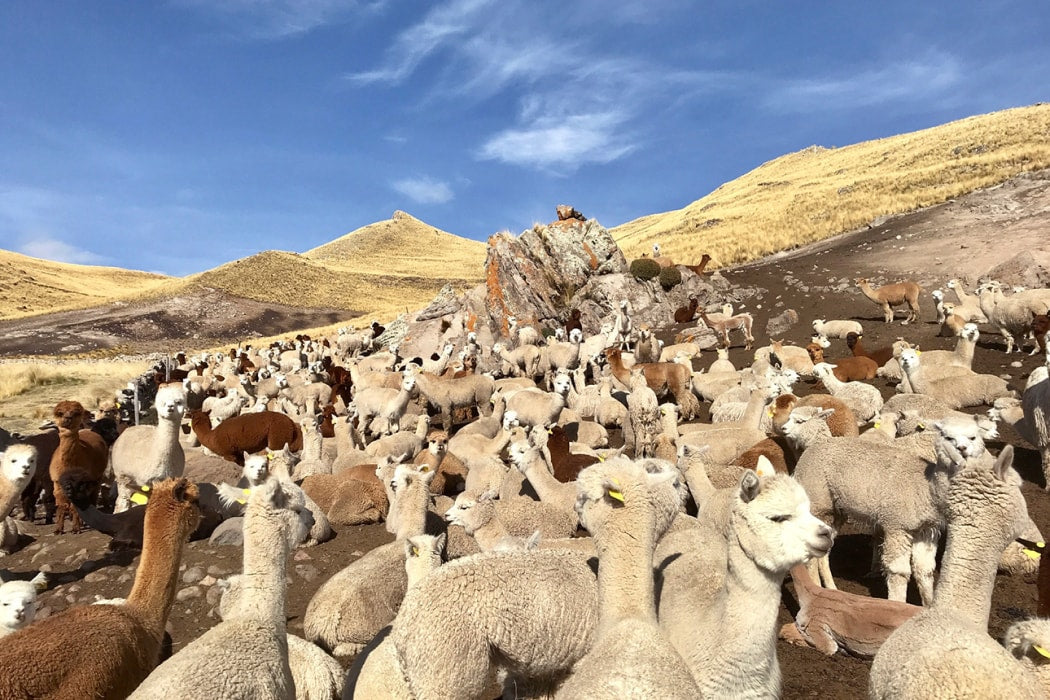
PERU ALPACA SERISE(&WOOL)
高貴で深く濃い多色な色味を持ち合わせる南米ペルー原産の伝統的なALPACA。世界中のアルパカの約80%がこのアンデス高地に生息しており、何千年もの間、現地の人々の生活の糧として共存しているSUSTAINABLEな歴史を持つ産業でもあります。アルパカ繊維には、白、ライトベージュ、ライトキャメル、ベージュ、ライトブラウン、ブラウン、グレー、ブラウンブラック、ブラックの 9 つの純色から生まれた 22 色以上の天然色があり、その自然な光沢からわかるように非常に高級な原料です。特に自然界の中で純粋な黒色は大変珍しく、BLACK ALPACAと呼ばれその希少性により、徹底した管理下で飼育されています。
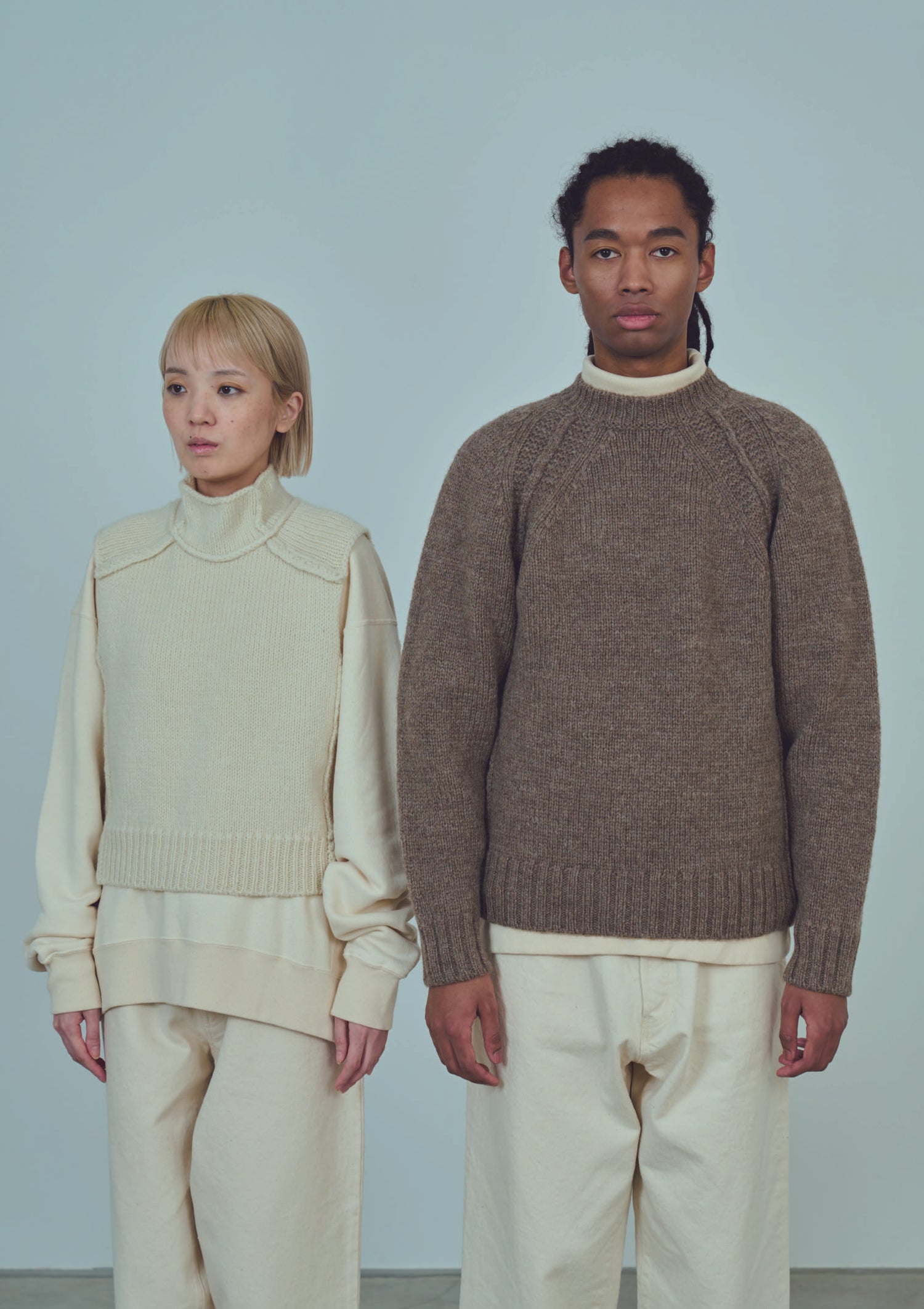
INCA TOPS
ペルーの地域社会に深く関わる紡績メーカーINCA TOPS社。ペルーの1000以上の家族と共にこの伝統的な産業を支えています。小規模な織物会社や地方のアルパカ生産者と調和して活動し、地域社会の社会的、経済的基盤を強化することでこの地域と産業を守っています。またペルーの農家ではアルパカだけでなく、ウールの原料となる羊も育てており、それらはアンデス山地の高地で厳しい環境下の中で育った
" ANDEAN HIGHLANDWOOL "
と呼ばれ、バルキー性があり保温性が高く、膨らみのある表情豊かな製品が特徴の紡毛原料となります。アルパカほど色味は濃くありませんが、これらも無染色カラーにて展開しております。

"BLACK ALPACA"
このコレクションは、純度の高い黒色の繊維を持つアルパカの繁殖に取り組むアンデスのコミュニティを支援することを目的としています。この個体群は劇的に減少し、アルパカ繊維全体のわずか 0.07% に過ぎません。BLACK ALPACAは頭数が少なく少量しか生産されない原料ですが、自然界の中で染めずに純度の高い黒色の原料はとても希少価値の高いコレクションになります。





